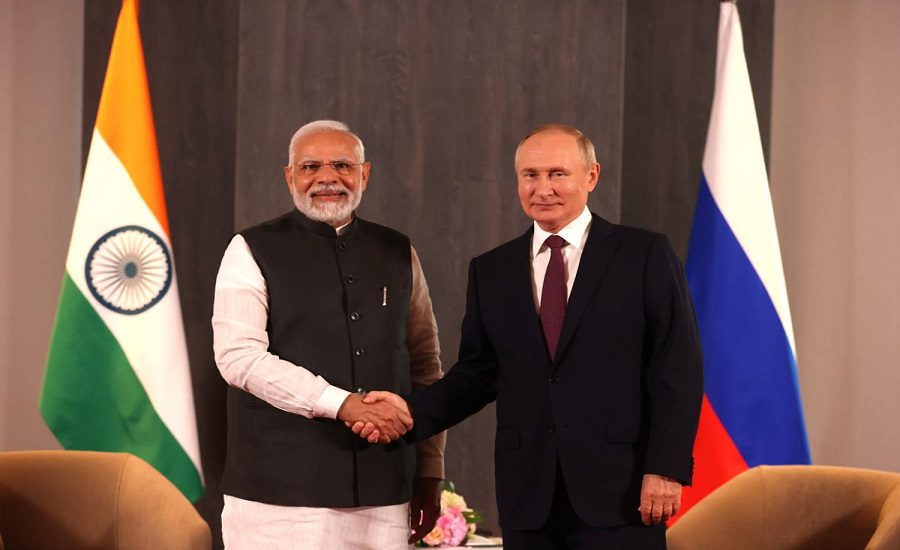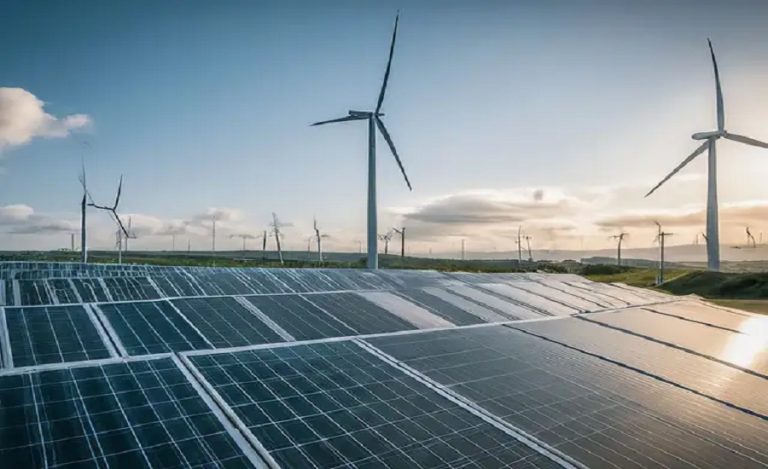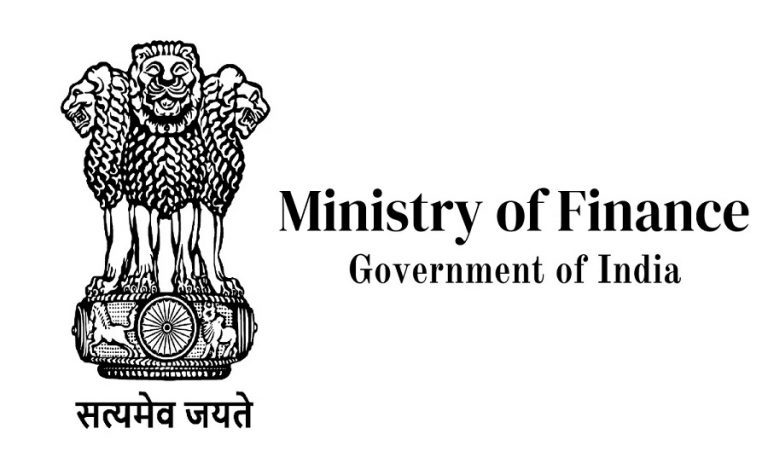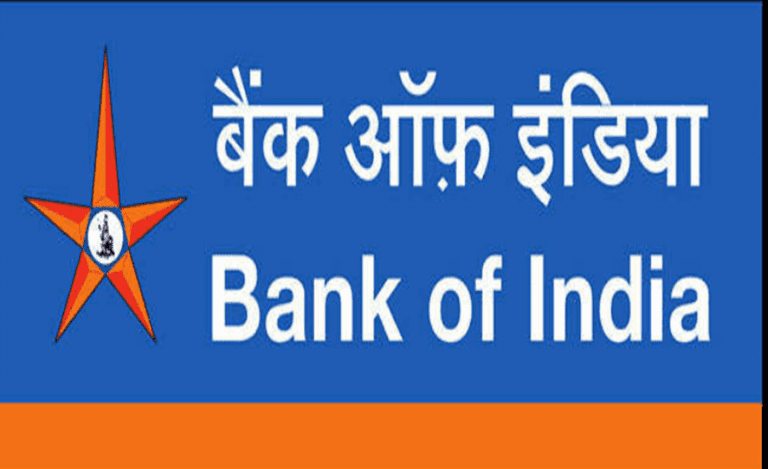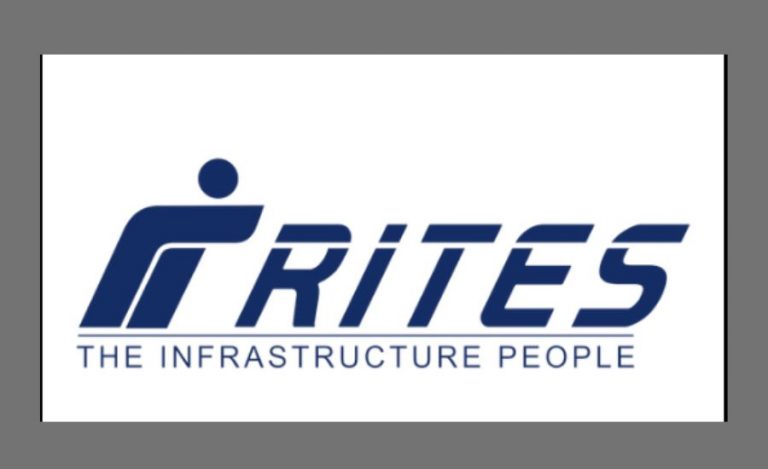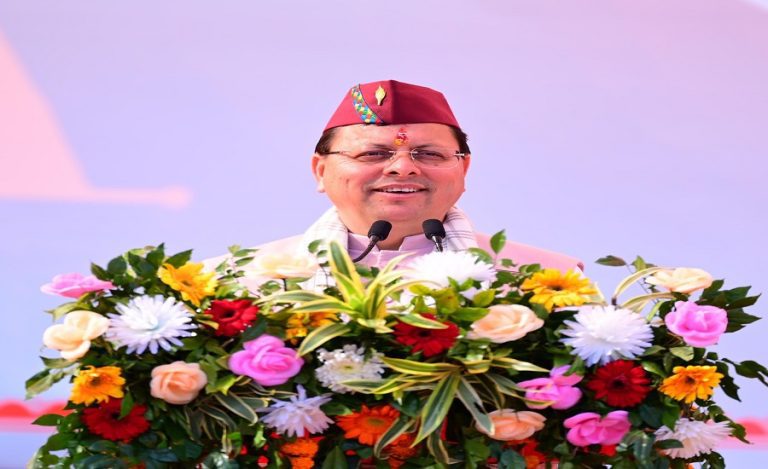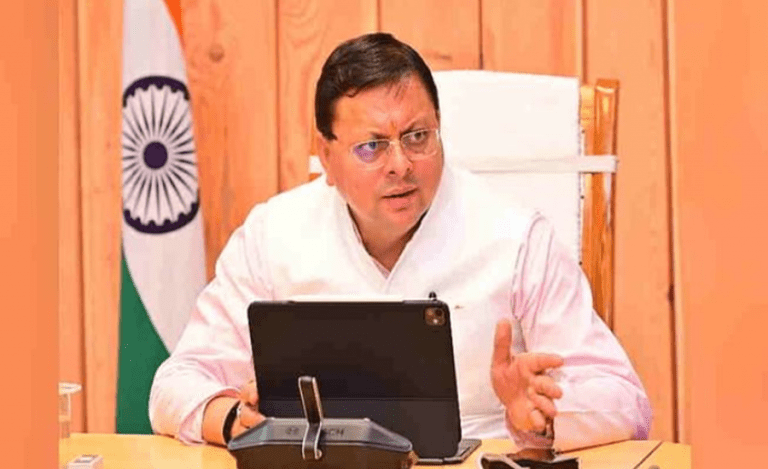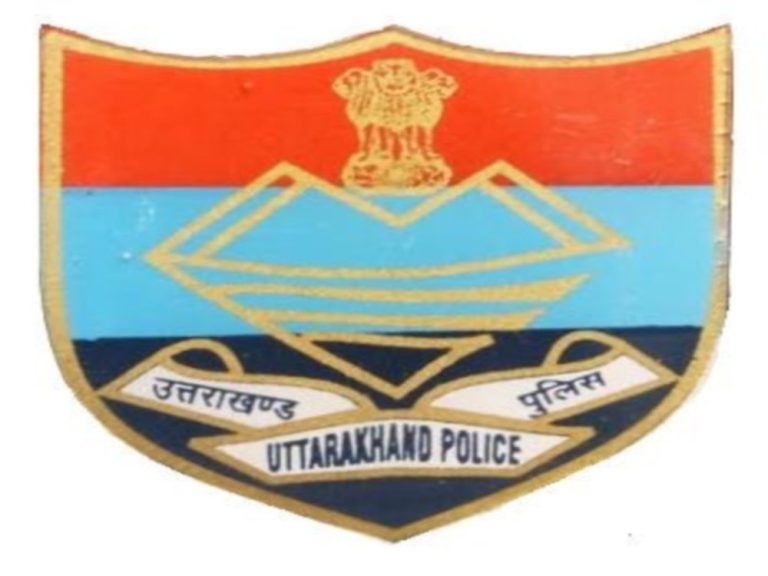Moscow/New Delhi: India and Russia are ready to sign a major agreement for building ice-class vessels during Russian President Vladimir Putin’s visit to India next month. This historic deal will help both countries reach their goal of $100 billion in trade by 2030.
Russian official Nikolai Patrushev, Chairman of the Maritime Board and a close aide to President Putin, met Prime Minister Narendra Modi on November 18 as part of preparations for the 23rd India-Russia Summit scheduled for early December in New Delhi.
What Are Ice-Class Vessels?
Ice-class vessels are special ships designed to travel through icy waters safely. These ships can break through thin ice and navigate around floating ice blocks.
Russia also builds ice-breakers, which are even stronger ships that can cut through thick Arctic ice to keep shipping routes open during winter.
Importance of Modi Putin Ice-Class Vessels Deal
The Eastern Maritime Corridor connecting Chennai Port in India with Vladivostok in Russia’s Far East spans approximately 5,600 nautical miles and reduces cargo transit times from the traditional 40 days via the Suez Canal to about 24 days.
This new route helps ships avoid crowded waterways and unstable regions in West Asia. By building ice-class vessels together, India and Russia can use the Northern Sea Route more effectively.
Modi Putin Ice-Class Vessels Deal: Shipbuilding Clusters In Mumbai And Chennai
- Russia has proposed helping India set up major shipbuilding and ship-repair clusters in Mumbai and Chennai. These facilities will help India build more ships and repair vessels efficiently.
- Russia has offered to share ship designs that are already in production. They can also help India develop new ship models for fishing, passenger transport, and other purposes.
- Russia has extensive experience in creating specialized ships, such as ice-class vessels and icebreakers, where Russia has no rivals whatsoever.
Trade Target: $100 Billion By 2030
Trade between India and Russia is projected to reach $68.7 billion in the 2024-25 fiscal year, a six-fold increase from $13 billion in 2021-22. Both countries have set an ambitious target to reach $100 billion in trade by 2030.
Currently, most of India’s imports from Russia are oil and fuel products. To balance this trade, both nations are looking at other sectors like engineering goods, electronics, chemicals, textiles, agriculture, and pharmaceuticals.
Modi Putin Ice-Class Vessels Deal: The Northern Sea Route Advantage
The Northern Sea Route runs along Russia’s Arctic coast. It is the shortest shipping route between East Asia and Europe. Currently, annual cargo volumes through the Northern Sea Route fluctuate around 35 to 40 million tons, with Russia targeting 200 million tons by 2031.
For India, this route offers several benefits:
Faster shipping: Goods reach destinations quicker.
Lower costs: Shorter distances mean less fuel and expenses.
Alternative route: Less dependence on traditional waterways.
Energy security: Easier access to Russian oil and gas.
Training Indian Sailors For Arctic Waters
The Modi Putin ice-class vessels deal goes beyond just building ships. Both countries will work together to train Indian sailors for navigation in polar and Arctic waters. The Russian Maritime Training Institute in Vladivostok will offer special courses for this purpose.
Strategic Importance of Modi Putin Ice-Class Vessels Deal For India and Russia
This maritime partnership helps India in many ways:
- Economic benefits: The shipbuilding project will create thousands of jobs and bring revenue to Indian shipyards.
- Technology transfer: India will learn cutting-edge Arctic maritime technology.
- Strategic independence: Access to alternative trade routes reduces dependence on traditional chokepoints.
- Global recognition: Building ice-class vessels will establish India as a credible player in specialized shipbuilding.
For Russia
- Russia cannot develop the Northern Sea Route alone. The route needs massive investment in ports, ships, and support infrastructure. Currently, the number of ice-class ships is insufficient to achieve the target of 200 million tons by 2031.
- Russia is looking for reliable partners to invest in this ambitious project. India, with its shipbuilding capabilities and growing energy needs, is an ideal partner.
Other Agreements Expected
Besides the Modi Putin ice-class vessels deal, the Modi-Putin summit will cover several other important areas:
Defense cooperation: Possible deals on S-400 air defense systems and Su-57 fighter jets.
Energy security: Greater cooperation in nuclear energy, oil refining, and petrochemicals.
Digital payments: Setting up bilateral payment systems using national currencies.
Investment treaty: Discussions on a bilateral investment agreement.
Expert View on Modi Putin Ice-Class Vessels Deal
Defense and maritime experts believe this partnership will change the future of India-Russia relations. The ice-class vessels deal represents a shift from traditional defense cooperation to strategic economic infrastructure.
By investing in the Northern Sea Route and maritime infrastructure, India is securing its energy future and opening new trade opportunities. This partnership will benefit both nations for decades to come.
Way Forward
The December summit between Modi and Putin will be closely watched by the international community. The agreements signed during this visit will shape the future of India-Russia relations.
With the ice-class vessels deal, shipbuilding clusters, and expanded maritime cooperation, both countries are building a partnership that goes beyond traditional boundaries. This cooperation will help India and Russia achieve their shared vision of $100 billion in bilateral trade by 2030.

